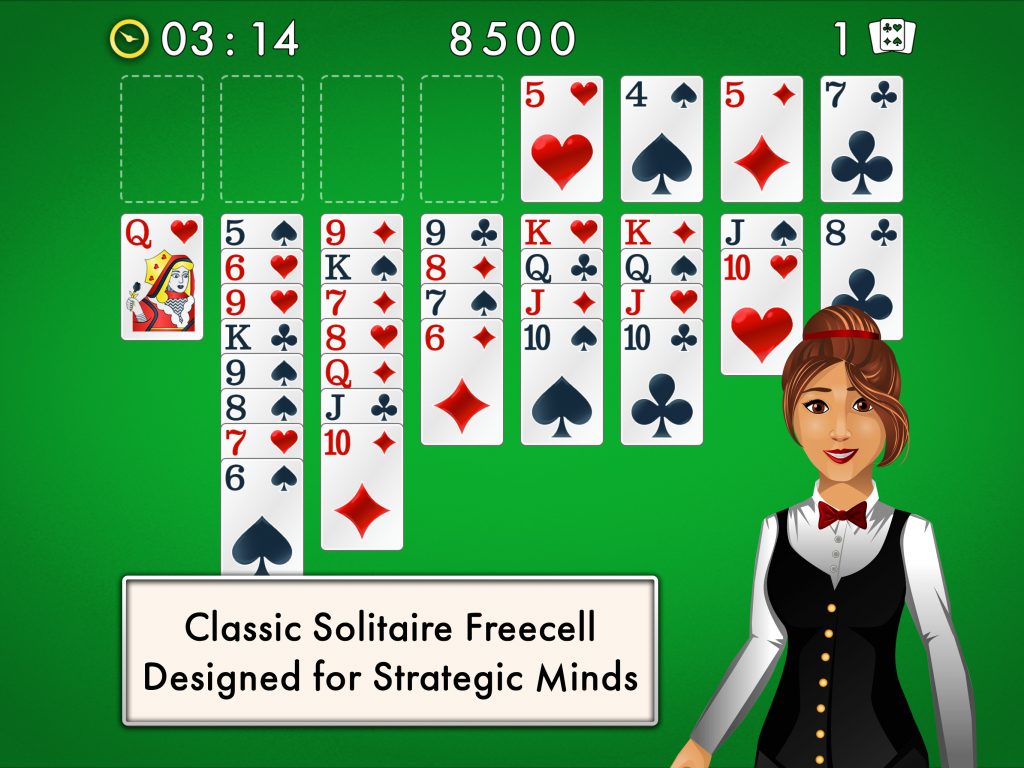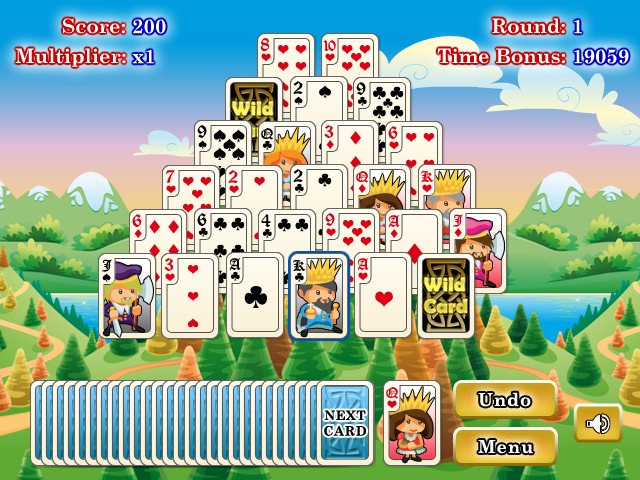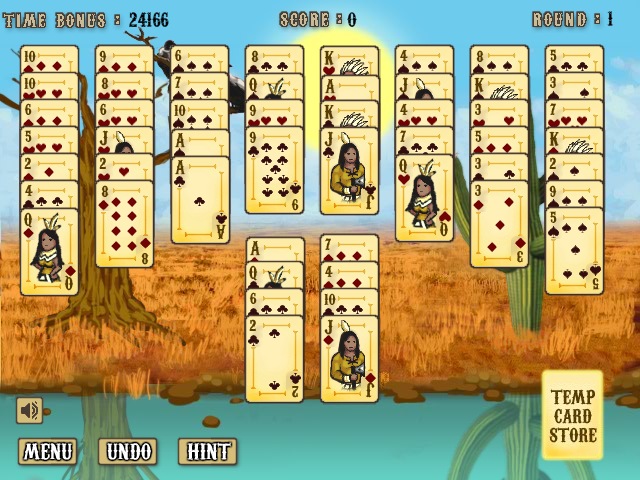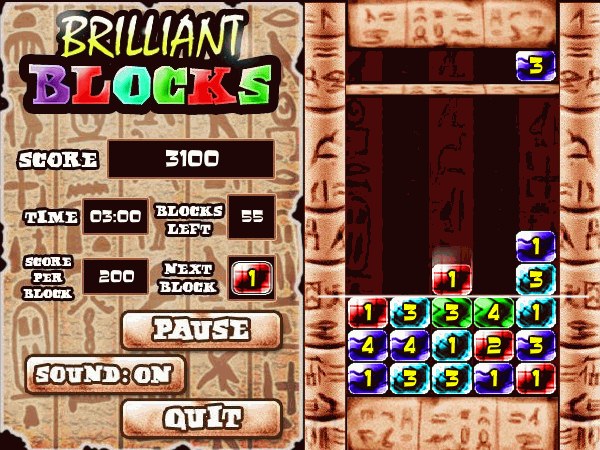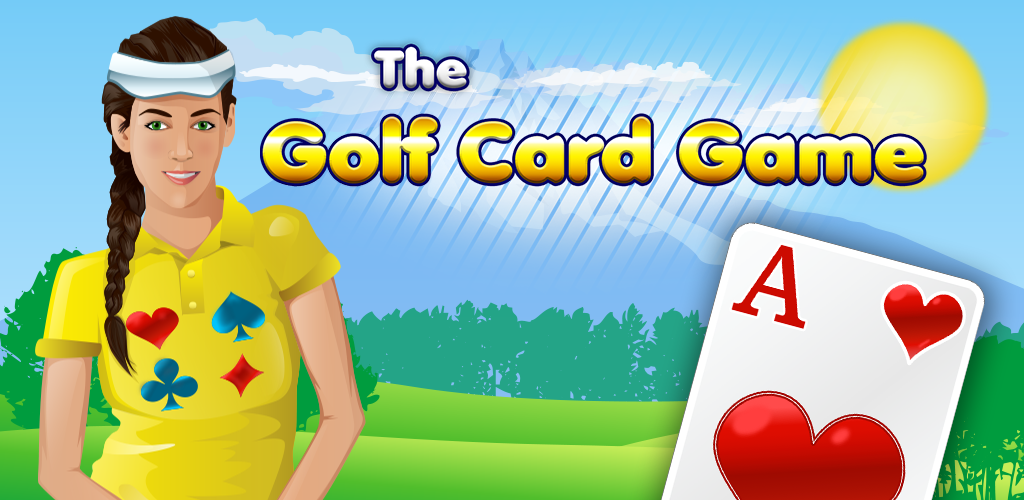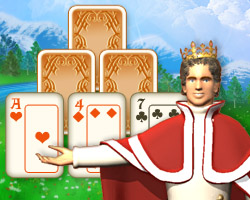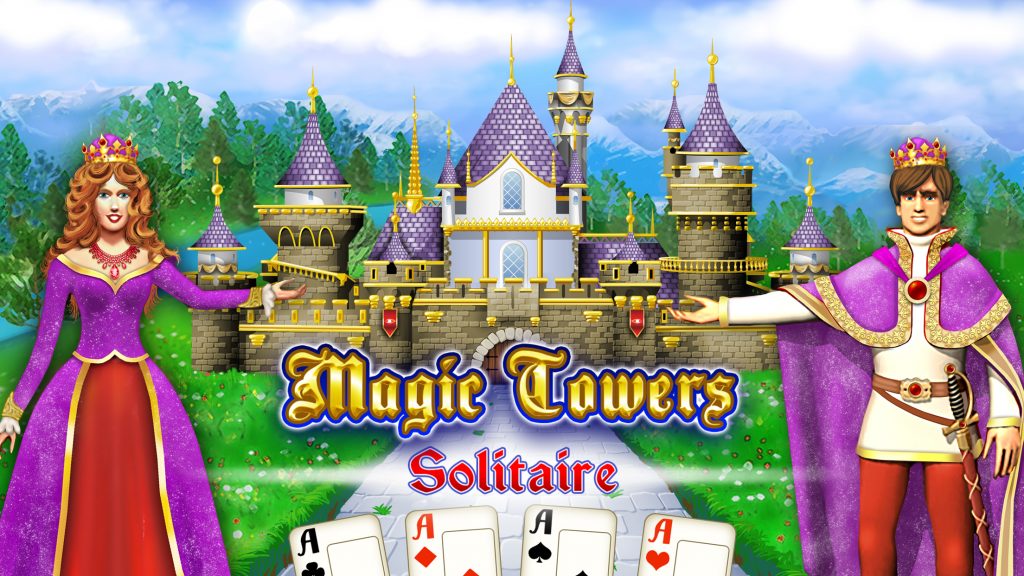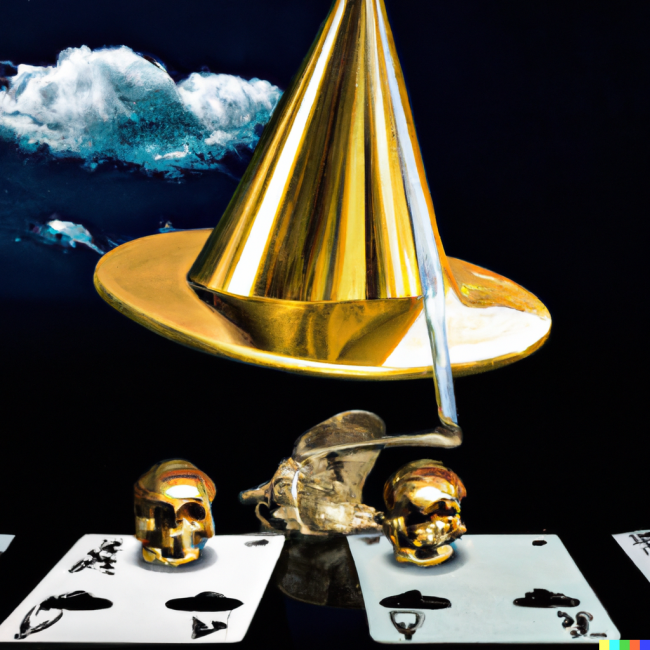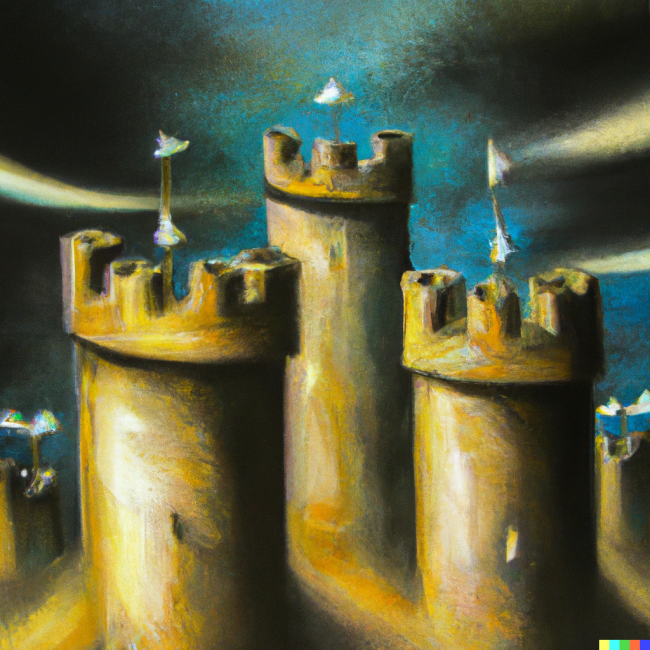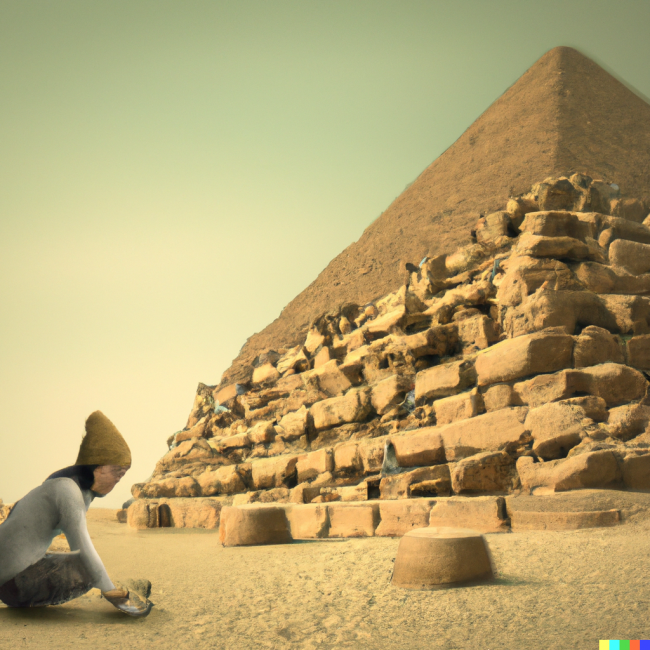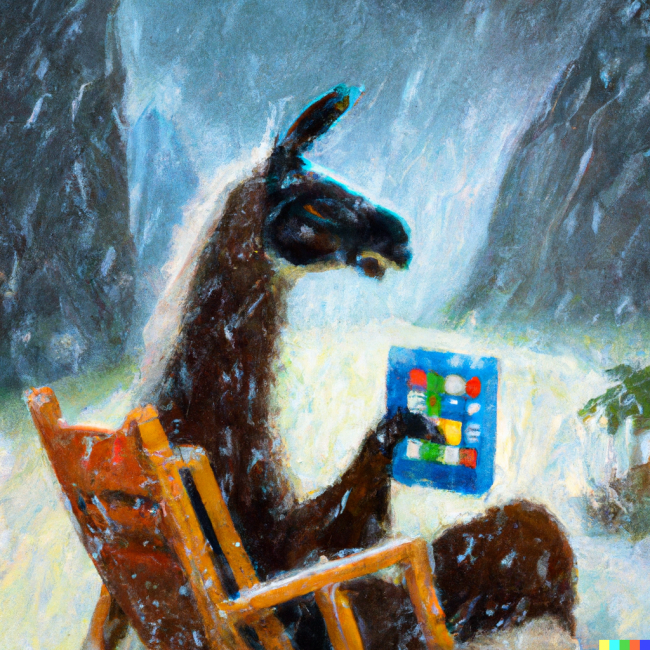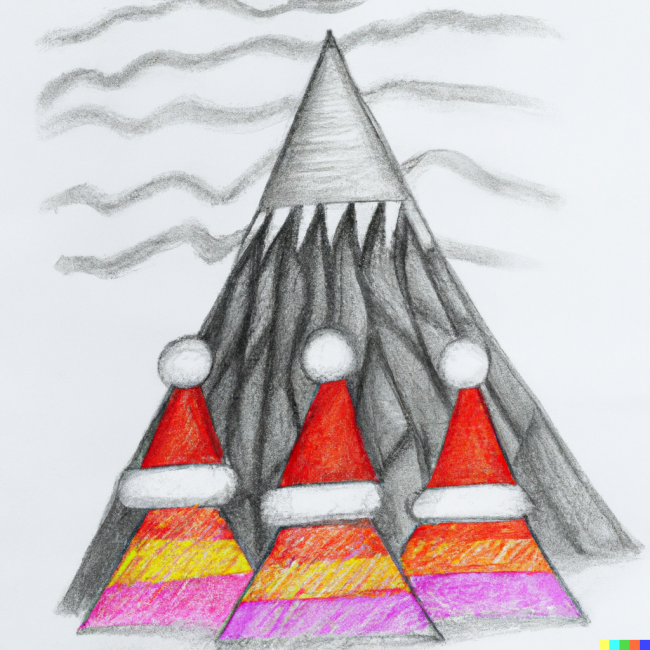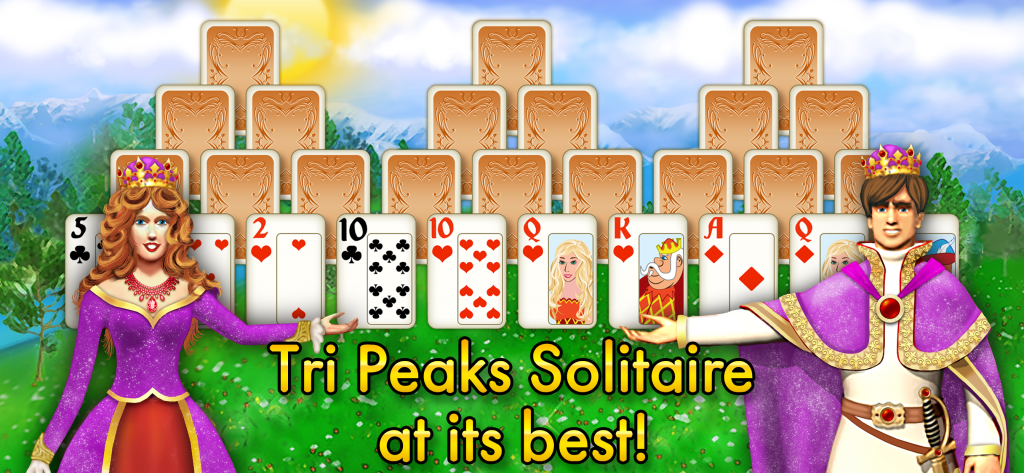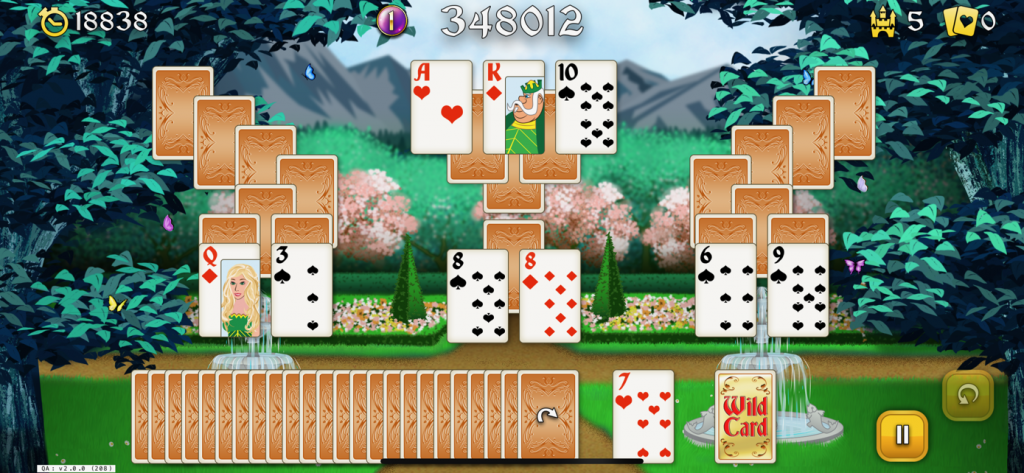Within a few months Solitaire Freecell (see here) has had players like you enjoy hundreds of thousands of rounds of solitaire. To make your life a little easier here our hints, tips and strategies to help you obtain a never-ending run of victories!
Normally, in these guides the basic game rules are written up. No doubt your familiar with the game, so let’s skip that and get straight to the winning!
When Starting a Game
At the start of a new game your first step is to locate either all the number 2 cards (Easy mode) or Aces, if you’re playing the more challenging classic mode. If any of these foundational cards can be placed without laying cards down on the free cells then there’s no reason to hold them back.
You will always be prioritizing uncovering and placing low cards. Your planning efforts must focus on this rather than skipping too far ahead. To do this you’ll have to effectively use those free cells.
Free cells should be considered as a temporary slot to place your card before a move. This means that you’ve ideally thought far enough ahead to place more cards on the foundation, using the freecells to hold some cards before finding them new places on the layout. That set of movements would then mean you have those temporary card slots vacant for your next combination of moves. This is the secret to this particular solitaire game, and crucial to mastering Freecell.
Build tableau columns as you go. Connected to temporarily placing cards, is making sure that when you send them back to the layout, so that your columns gradually become more ordered. This will make the game so much easier as you progress into the middle and later stages of the round.
Making Progress
Empty columns are the best! If you’re getting Empty Columns, then most likely you’re on your way to victory. If you have a chance to create an empty column then that is preferable to most other moves, because of the options it provides for your cards. Especially helpful is moving your Kings to an empty column so you can start a full descending sequence.
Undo moves when you get stuck. The undo move system in version our Solitaire Freecell is excellent, allowing you reverse every single move. Given that 99.99% of all deals are solvable (even more so in our easy mode), you can take the game back to beginning and try different combinations.
Remember patience and persistence. After all solitaire is also known as patience, and although some games can take longer than others with a persistently methodical approach you can win!
One of the most important aspects of mastering Freecell Solitaire is keeping calm. Some games may take longer than others, and it’s easy to get frustrated when you hit a roadblock.
Final Thoughts
Solitaire Freecell is a classic card game that will test your logic and planning abilities. With a little practise you’ll soon have a massive streak of wins.
Good luck, and may every move bring you one step closer to victory!


